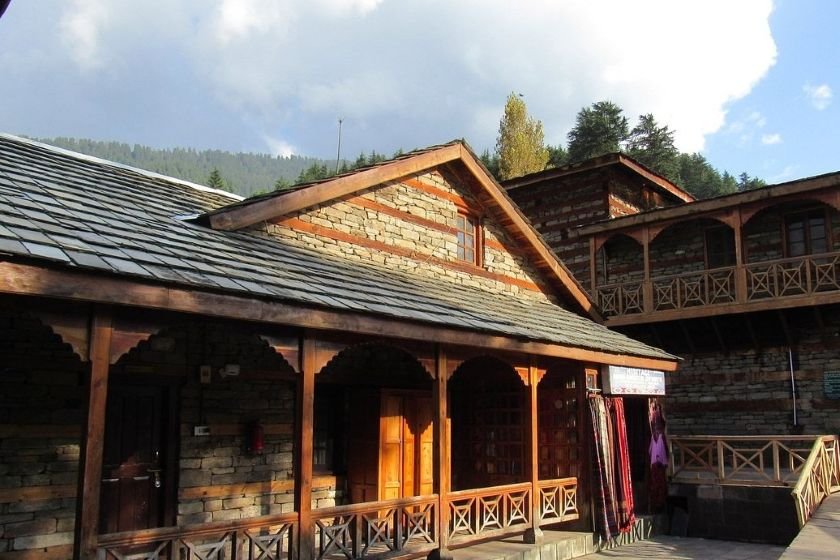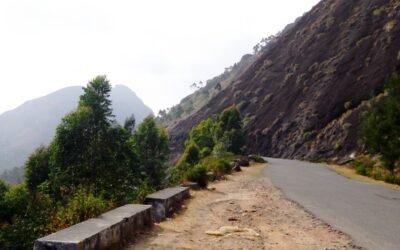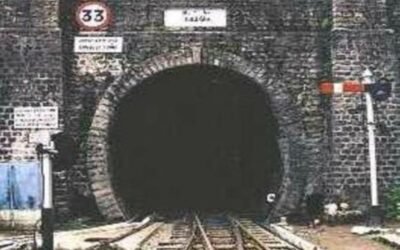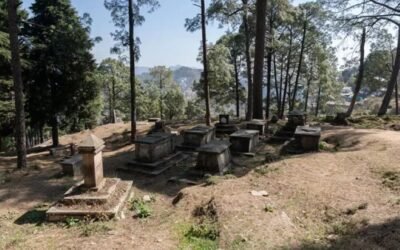District: Kullu
Theme: Royal Tragedy & Colonial Hauntings
🕰️ A Fortress of Kings and Secrets
Built in the 15th century by Raja Sidh Singh of Kullu, Castle Naggar served as the royal seat of the Kullu kingdom for centuries. Perched on a hilltop overlooking the Beas Valley, the castle is a stunning example of Kath-Kuni architecture—a traditional Himachali style using interlocked wood and stone without mortar.
After the capital shifted to Sultanpur in 1660, the castle remained a summer retreat for Kullu royalty. In the British era, it was sold to Major Hay, the first Assistant Commissioner of Kullu, for a single rifle. He renovated it with European elements—fireplaces, staircases, and chimneys—transforming it into a colonial residence.
Today, it functions as a heritage hotel run by HPTDC, but its walls still whisper of betrayal, grief, and spectral unrest.
👑 The Queen Who Never Left
Local legend tells of a young Rani accused of infidelity by her jealous husband, the Raja. During a wrestling performance in the courtyard, he asked her to choose the best wrestler. When she innocently pointed to one, the Raja had the man beheaded on the spot, suspecting an affair.
Overcome with horror and grief, the Rani leapt from the veranda, ending her life. Since then, her spirit is said to wander the castle, especially in the western wing:
- Silver anklets heard echoing through empty corridors
- Cold gusts and oppressive fear felt by overnight guests
- Unseen presence near the veranda and royal chambers
- Whispers and footsteps in moonlit hallways
British civil servant J.C. French once described waking in the castle with a sense of dread, followed by a chilling gust of air and an overwhelming sensation of fear.
🪶 Rituals, Sati Stones & Animal Sacrifice
The castle’s history is steeped in ritual and blood:
- Animal sacrifices were once performed at the nearby Jagatipatt Temple to settle disputes
- Sati stones at the nearby Roerich estate depict royal women burned alive with their husbands
- The castle was a signal post for the Koli-ri-Diali, the Diwali of Kullu
These layers of history add to the castle’s haunted aura—where power, pain, and devotion intertwine.
🗺️ Travel Experience & Tips
- Location: Naggar village, ~22 km from Manali
- Access: Open to visitors; entry fee applies unless staying at the heritage hotel
- Best Time to Visit: Spring and autumn for clear views; winter for snow-draped mystique
- Nearby Attractions: Nicholas Roerich Art Gallery, Gauri Shankar Temple, Tripura Sundari Temple, Jana Waterfall
- Local Insight: Ask hotel staff or village elders—they often share firsthand ghost stories
🧭 Why It Belongs in “Haunted Places”
Castle Naggar is a haunting blend of royal grandeur and emotional residue. Its beauty is undeniable, but its silence is heavy. The ghost of the Rani, the echoes of colonial rule, and the rituals of old make this site a living museum of sorrow and strength.




